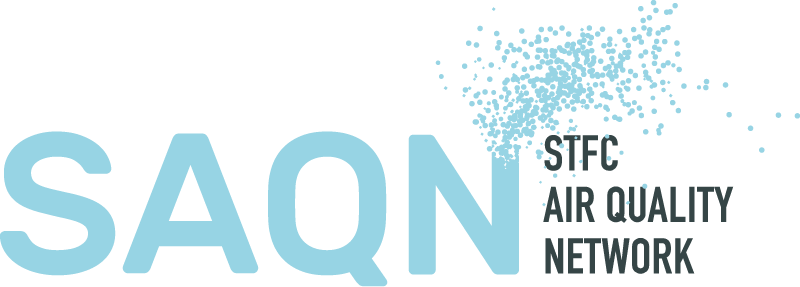







Project Outline
1st January 2020 marked a major change in the legal Sulphur content of shipping fuel – from 3.5% to 0.5% by mass. The anticipated effect of the new regulation is improvement of coastal air quality and, since Sulphur is believed to be a negative climate forcer, a potential positive influence on climate. The difficulty in measuring emissions from ships means that the level of compliance with the new regulations is unclear. Therefore technology that can provide regular and long-term measurements of SO2 and other air pollutant levels within ports and individual ships, has great potential for compliance monitoring/fundamental research.
This project consortium has identified a potential opportunity to merge air pollution sensor technologies into JET’s world-first 5G floating buoy platform, which delivers multi-faceted and high-bandwidth meshed networks, providing connectivity/communication capabilities, data capture and sensor measurements. The project will work with the University of York (UoY) and STFC to identify and characterize low-cost sensors to measure CO2, SO2, PM and NOx levels within ports, directly calculating emissions from ships on a continuous and localized scale. This integration is game-changing, surpassing current lack of in-water data capture methods and enabling an integrated “internet-of-things” environment, where continuous data capture enables interoperability with existing on-land and airborne methods.
STFC Capabilities used
Resources
Project dates
May 2022 – Apr 2023
